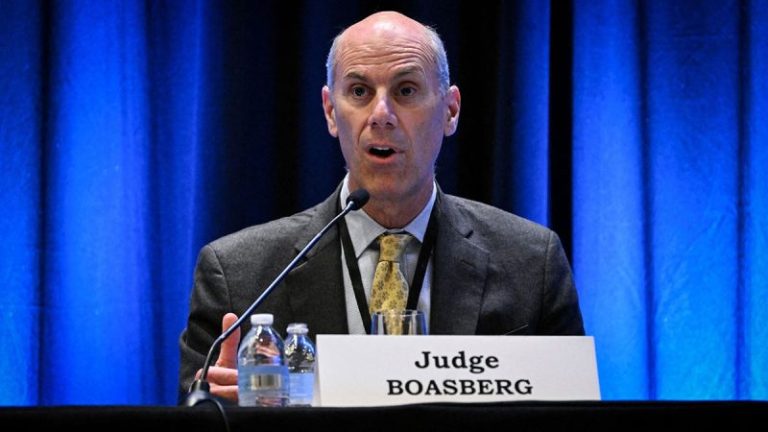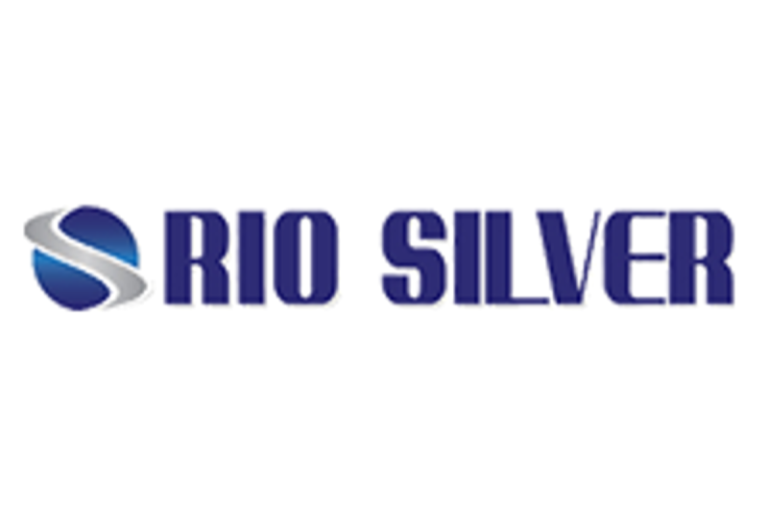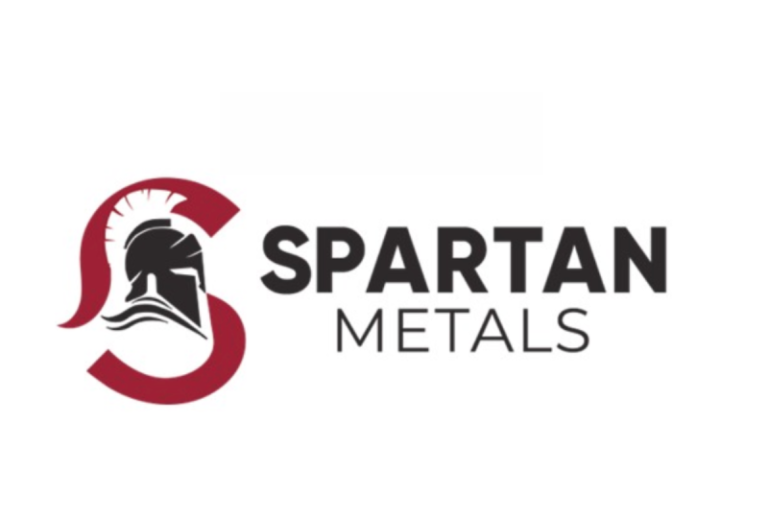After more than eight years of Democrat lawfare against President Trump, his aides and his allies, the Justice Department under Attorney General Pam Bondi is bringing much-needed accountability — which is what American voters demanded in our last presidential election. But Democrat activist judges are doing what they do best: weaponization and sabotage.
In South Carolina, Clinton-appointed Judge Cameron Currie — handpicked by a Biden-appointed judge — wrongly disqualified Eastern District of Virginia U.S. Attorney Lindsey Halligan, the bold and fearless prosecutor who had secured an indictment against former FBI Director James Comey for lying and obstruction of a Senate investigation into his politicization, weaponization, and corruption of the intel agencies and law enforcement to go after political enemies and protect political allies. The government is appealing that decision to the Fourth Circuit Court of Appeals. Now, another Clinton-appointed judge in the District of Columbia, Colleen Kollarr-Kotelly, has interfered even more egregiously with the government’s case. This ruling threatens the separation of powers essential to the Republic, and either the D.C. Circuit or Supreme Court must intervene immediately.
Comey was indicted on two charges: making false statements to Congress and obstruction of Congress. The indictment stemmed from the events surrounding Operation Crossfire Hurricane, more colloquially known as the Russiagate hoax. Comey used his longtime friend, Columbia Law Professor Daniel Richman, as a conduit to leak material unfavorable to President Trump to media outlets. In addition to being a law professor, Richman was a government contractor. He and Comey communicated frequently via email on government and private accounts. Communications on a government email account enjoy no reasonable expectation of privacy — the standard under the Fourth Amendment as a result of Justice Harlan’s concurrence in Katz v. United States (1967) — because the government can monitor its own email servers.
Six years ago, even Obama-appointed Judge James Boasberg, a judicial disgrace about whom we often have written, signed a warrant authorizing the search and seizure of emails on Richman’s computer and iCloud account and his account at Columbia. Richman was able to review all emails and withhold the information he deemed privileged from all but one account. Now, Richman — who was the recipient of many emails from Comey and the sender of many emails to him — has sought to reclaim those emails pursuant to Federal Rule of Criminal Procedure 41(g). This rule allows an individual to ask a court to reclaim his property obtained pursuant to an unlawful search and/or seizure in violation of the Fourth Amendment.
Shockingly, Kollar-Kotelly granted the motion and has ordered the FBI to destroy the emails by 4 p.m. on Monday. Kollar-Kotelly’s ruling ordered the destruction of emails obtained pursuant to a warrant signed by another (Obama) judge six years ago. She claims that the seized information relates to a new investigation; however, she is basing this assertion on a decision by Eastern District of Virginia U.S. Magistrate Judge William Fitzpatrick. Fitzpatrick issued a suppression-like decision even though suppression was not briefed by the parties — yet another example of blatant and unlawful judicial sabotage by partisans in robes.
Collar-Kotelly has ordered that a copy of the emails be given to Biden-appointed Judge Michael Nachmanoff, who is presiding over the Comey case in Virginia. This salvation of a copy of the emails, however, does not lessen the impact of Kollar-Kotelly’s horrible ruling. The FBI and the prosecution will be unable to review them in their efforts to seek a new indictment if Currie’s dismissal ruling survives on appeal. The statute-of-limitations law allows the government only six months after an indictment’s dismissal, suspended during the appellate process, to seek a new indictment. The inability to view this evidence would substantially increase the time necessary to seek an indictment. Even if a higher court reverses Currie, the government’s inability to review the emails to use as evidence and prepare for trial would massively hamper its case.
Kollar-Kotelly’s decision is more disturbing because it implicates the separation of powers. Usually, Rule 41(g) comes into play where a defendant has had property wrongly seized, and he moves to reclaim it. Here, Comey is not seeking to reclaim anything; Richman, a then-government contractor with whom Comey communicated extensively about government business, is seeking this evidence. Richman has run to a partisan Democrat judge not even involved in the criminal case — and not even in the same district — to procure the destruction of crucial evidence in that case in an obvious effort to assist his friend Comey. Comey cannot challenge the warrant against Richman because he lacks standing to do so. Incredibly, Kollar-Kotelly suggested that Richman could move to quash this evidence in Virginia. She’s going way out of her way to help Comey. Judges presiding over cases often have excluded evidence against defendants as having been obtained in violation of the Fourth Amendment. It is, however, extraordinary for a different judge — especially in a different district — to interfere in and dramatically hamper the prosecution’s case based on a claim by a third party of a wrongful search and seizure, especially when the evidence the government wishes to use consists of communications between that third party and the defendant — a defendant who was a senior government official.
The government obtained the evidence it wishes to use against Comey pursuant to a lawful warrant, even one signed by a highly partisan Obama-appointed judge. Now, a Clinton-appointed judge who is not presiding over the case — and is not even in the same district — is blatantly trying to aid Comey by preventing the government from using that evidence either to re-indict Comey or try him if the original indictment is reinstated. This ruling contravenes the normal way in which Rule 41(g) applies. The Clinton judge’s staggering timeline — destruction by tomorrow afternoon — also illustrates her agenda. She should have stayed a ruling of such magnitude to allow the appellate process to play out. Instead, she has put the government in an incredibly precarious position: having to obtain a stay from either the D.C. Circuit or the Supreme Court in just a few hours. Kollar-Kotelly’s order had no legal basis, and a higher court must put a stop to it.
Kollar-Kotelly’s ruling is part of a larger pattern. Leftist judges like Obama-appointed D.C. Judge Tanya Chutkan — who presided over President Trump’s January 6-related case, Boasberg, who signed off on the national disgrace that was Operation Arctic Frost, and many other Democrat judges did nothing to stop and did much to escalate the lawfare waged against President Trump, his aides, and his allies. Now, the Justice Department is seeking legal accountability for lawfare perpetrators like Comey. Currie and Kollar-Kotelly have endeavored to prevent — or, at the very least, drastically decrease the chances of — such legal accountability. Courts do not order the FBI to destroy evidence in pending investigations, except when the evidence is harmful to a lawfare perpetrator like Comey. The inconsistency between the treatment afforded lawfare perpetrators and lawfare targets threatens the very legitimacy of the federal judiciary. If higher courts do not reign in these rogue judges, Congress must do so through oversight, withholding of funds from judicial appropriations, and impeachment. A system where the judiciary enables lawfare and then shields its perpetrators from legal consequences is unsustainable, and higher courts must put a stop to it.










